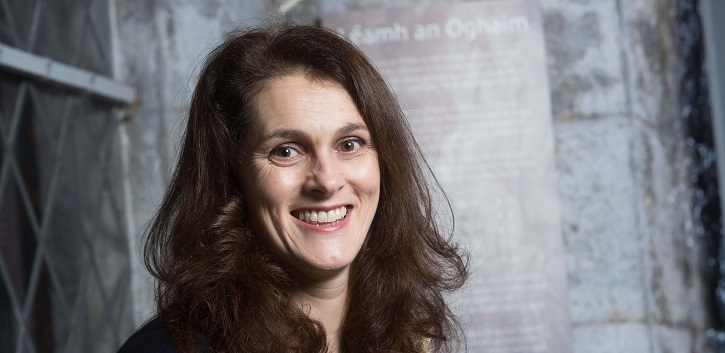INFANT research breakthrough in newborn brain injury detection

Researchers at INFANT, UCC, have identified two biochemical signals that can be used to aid the detection of birth-related brain injury.
These blood biomarkers found in the umbilical cord could provide an early detection system for the condition Hypoxic Ischematic Encephalopathy (HIE) in newborns. HIE causes brain injury due to lack of oxygen and can leave newborns with permanent neurological damage or cerebral palsy.
Breakthrough in discovering low levels of brain oxygen in babies https://t.co/grwciqheGF
— Morning Ireland (@morningireland) January 7, 2019
Early intervention in neonatal brain injury is critical so that successful brain cooling therapy can be initiated immediately to reduce brain injury and improve outcomes.
The findings, published this week in the Journal of the American Medical Association (JAMA) Neurology, validated the involvement of two microRNAs, which are small strands of genetic code that can control gene expression and protein production in the cell and found throughout the body, in HIE.
Cork researchers in breakthrough over infant brain injury detection https://t.co/NgHISkHuXk
— RTÉ News (@rtenews) January 7, 2019
Researchers at the Irish Centre for Fetal and Neonatal Translational Research (INFANT) at UCC found them to be abundant in umbilical cord blood and significantly decreased in newborns with HIE. They may provide the first clue that significant injury has occurred and help doctors to decide which infants to transfer to a cooling centre for treatment.
INFANT Principal Investigator, UCC Professor Deirdre Murray led this breakthrough research in the area of HIE and perinatal asphyxia.
Cork scientists develop infant brain injury detection technique https://t.co/CljW1qHjYh via @IrishTimes
— INFANT Centre (@infantcentre) January 7, 2019
“The results from this initial study are very promising. In two different cohorts, across two countries we are seeing the same patterns. The next task will be automating this analysis so that it can be done rapidly at the cotside,” said Professor Murray.
“We are still researching these microRNA to understand if they have an important role in the cascade of injury which occurs in HIE. They are tiny nuclear codes which act like passwords to control the production of proteins in the cell. Some of these proteins may have important roles. We have now been funded by the Irish Research Council to examine whether manipulating these microRNA could reduce or prevent brain injury. There is still a lot of work to be done and we look forward to progressing this important research.”
The study was supported by funding from the Health Research Board and the National Children’s Research Centre and is the result of almost 10 years of study in the area of early brain injury.
Cork scientists identify biomarkers that could detect brain injury in newborn babies https://t.co/FYkmmGU3et pic.twitter.com/kH0E3cqacf
— Irish Examiner (@irishexaminer) January 7, 2019
INFANT Director, Professor Geraldine Boylan commented: “This is a very significant breakthrough in brain injury research and INFANT is delighted that the results of this work are being recognised in such a high impact journal. This is an important validation of the excellent work being done at INFANT and our clinical colleagues in Cork University Maternity Hospital. We are very grateful for the funding support from the NCRC and HRB and we will be focussed on developing this as an effective point-of-care test”.
Neonatal Hypoxic Ischemic Encephalopathy (HIE) remains a significant cause of neurologic disability all over the world. Identifying infants suitable for therapeutic hypothermia (brain cooling) within a narrow therapeutic time is difficult and up to now, there has been no single robust biochemical marker available to clinicians. This research has been able to identify the microRNA in the umbilical cord and this is a very important step in the early diagnosis and treatment of babies affected by lack of oxygen to the brain.
Babies in Ireland have participated in the research study, which saw umbilical cord blood samples from 170 newborn babies from Ireland and Sweden being collected and analysed over a number of years.
